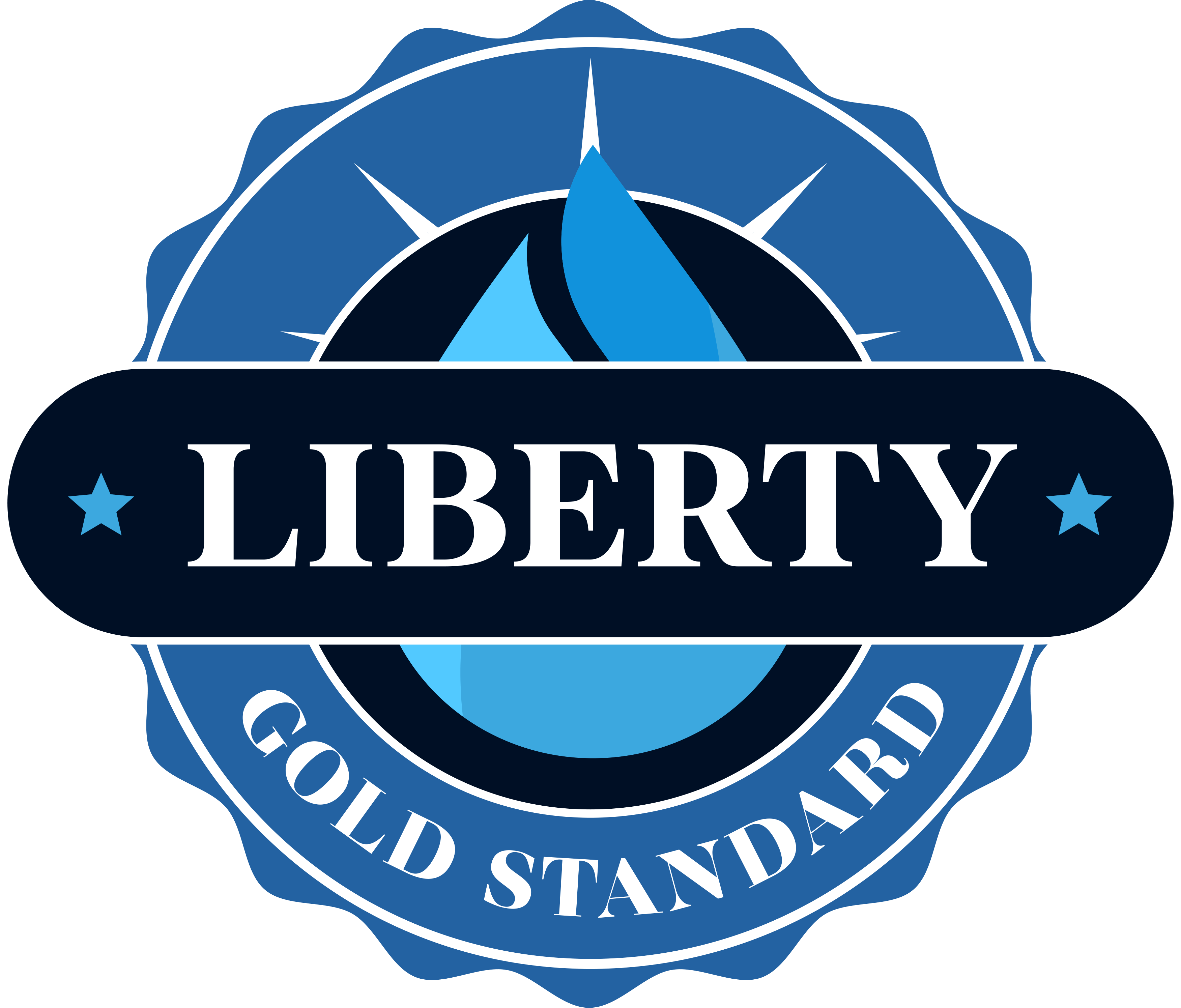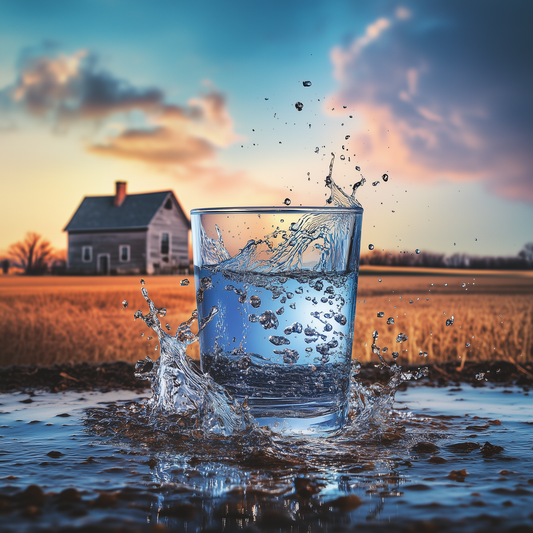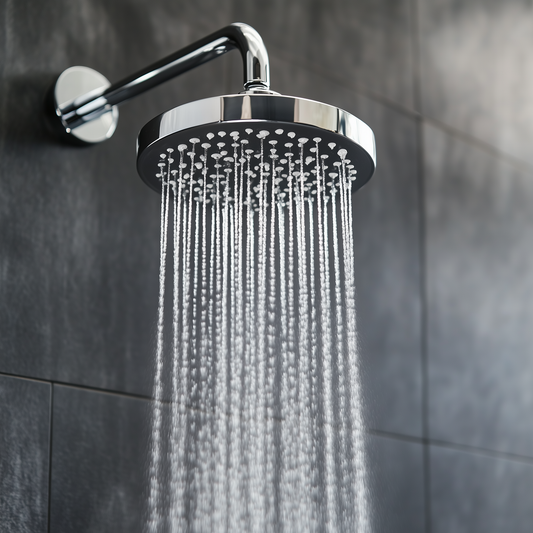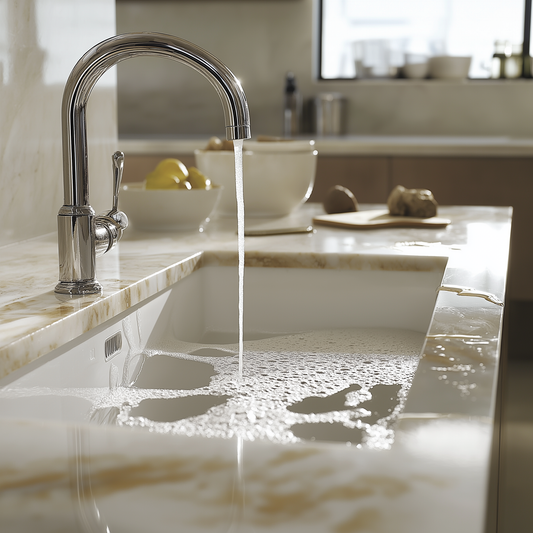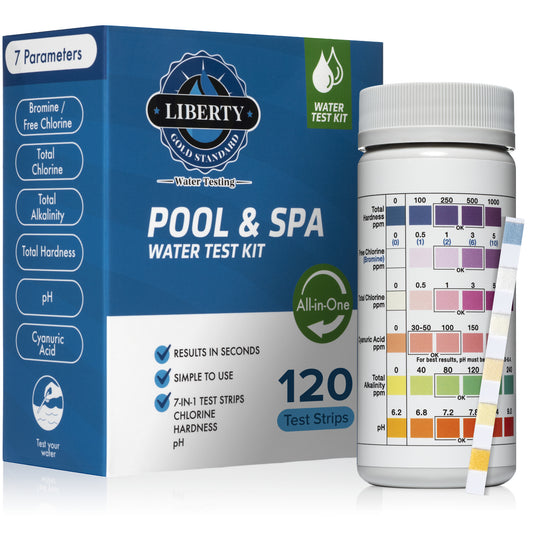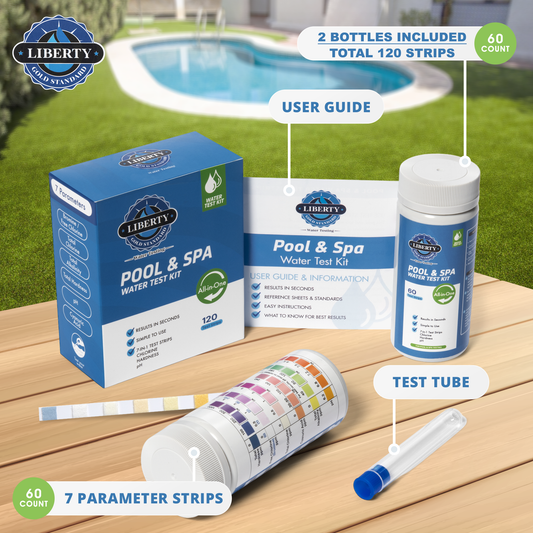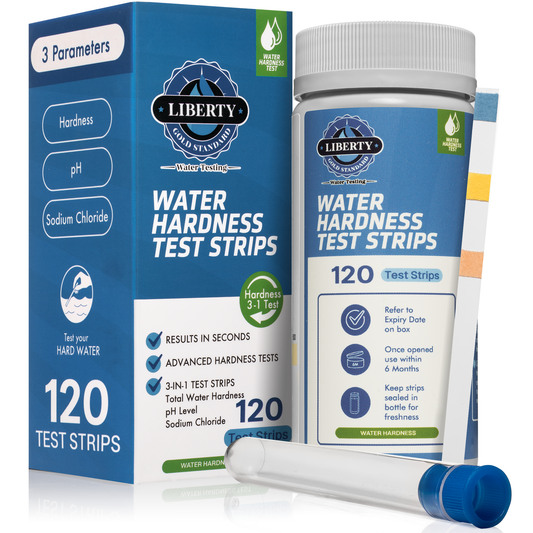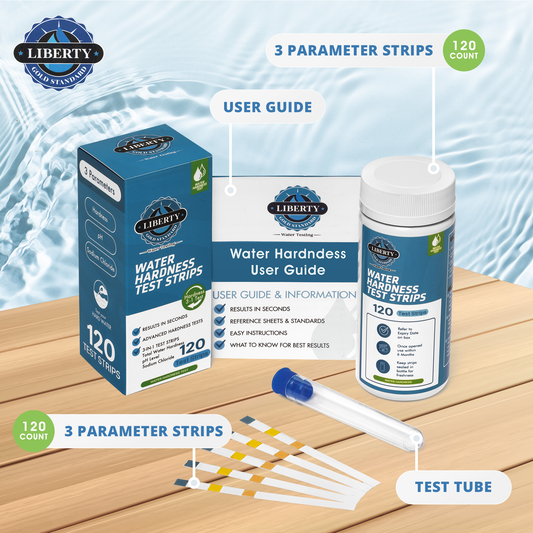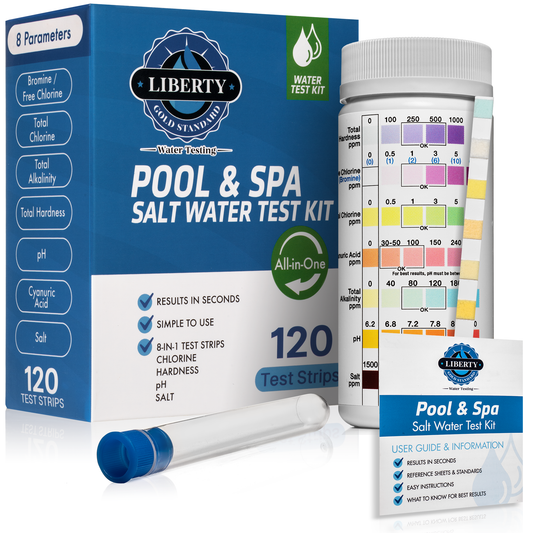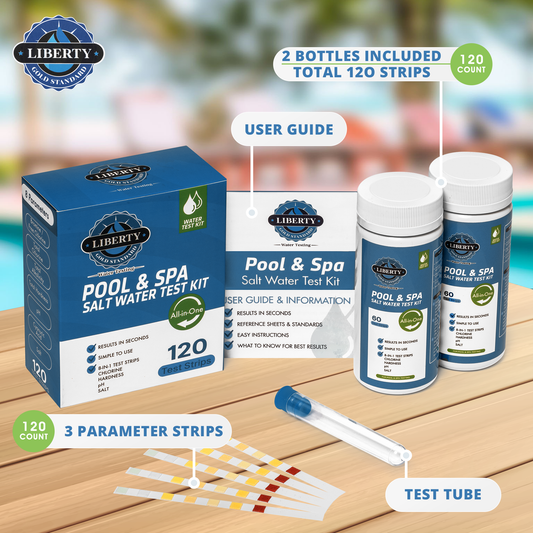What is pH Balance?
pH is a measure of how acidic or basic a substance is on a scale of 0 to 14. A pH of 7 is considered neutral, while anything below 7 is acidic and anything above 7 is basic. In the case of water, pH levels can vary depending on the source and any contaminants present. For most water systems, a pH level between 6.5 and 8.5 is ideal for both human consumption and the health of aquatic life.
Why is pH Balance Important in Water?
Proper pH balance in water is crucial for a variety of reasons. Firstly, pH levels can affect the taste and odor of water. Water with a high pH may taste bitter or soapy, while water with a low pH can taste sour or metallic. Maintaining the right pH can ensure that your water tastes clean and refreshing.
Additionally, pH balance is essential for the health of aquatic life. Fish and other aquatic organisms are sensitive to changes in pH, and water that is too acidic or basic can harm or even kill them. By keeping pH levels in check, you can help protect the ecosystem in bodies of water.
How to Maintain pH Balance in Water
There are various ways to ensure proper pH balance in your water. Testing the pH regularly with a water testing kit is a good start. If the pH is off, you can use pH-adjusting chemicals or filters to bring it back to the desired range.
It's also important to be mindful of what goes into your water source. Certain substances, such as chemicals or minerals, can alter the pH of water. By being aware of potential contaminants, you can take steps to prevent pH imbalances.
Remember, maintaining pH balance in water is not just about quality; it's about protecting the environment and ensuring the health and safety of all living organisms that rely on water. Stay informed and take action to keep your water pH in check!

pH-Adjusting Chemicals
One common method for adjusting pH levels is through the use of chemicals. Some popular options include:
- Sodium bicarbonate (baking soda): Raises pH levels
- Sodium bisulfate: Lowers pH levels
- Sodium hydroxide (caustic soda): Raises pH levels
Furthermore, pH balance can impact the effectiveness of water treatment processes. Many water treatment methods rely on specific pH levels to work efficiently. If the pH is too high or too low, these processes may not be as effective, leading to potential health risks from contaminants in the water.
pH-Adjusting Filters
Another effective way to adjust pH levels is through the use of filters. These filters are designed to remove impurities and balance pH levels naturally. Some popular pH-adjusting filters include:
- Calcite filters: Raise pH levels by adding calcium carbonate
- Corosex filters: Lower pH levels by adding magnesium oxide
- Calcite-Corosex blend filters: Balance pH levels by combining both calcium carbonate and magnesium oxide
When it comes to maintaining a healthy pH level in your water, sometimes adjustments are necessary. But what pH-adjusting chemicals or filters should you use to bring it back to the desired range?
Understanding pH Levels
pH is a measure of how acidic or basic a substance is on a scale of 0 to 14. A pH of 7 is considered neutral, while anything below 7 is acidic and above 7 is basic. For most water systems, a pH level between 6.5 and 8.5 is ideal for both human consumption and the health of aquatic life.
pH-Adjusting Chemicals
One common method for adjusting pH levels is through the use of chemicals. Some popular options include:
- Sodium bicarbonate (baking soda): Raises pH levels
- Sodium bisulfate: Lowers pH levels
- Sodium hydroxide (caustic soda): Raises pH levels
pH-Adjusting Filters
Another effective way to adjust pH levels is through the use of filters. These filters are designed to remove impurities and balance pH levels naturally. Some popular pH-adjusting filters include:
- Calcite filters: Raise pH levels by adding calcium carbonate
- Corosex filters: Lower pH levels by adding magnesium oxide
- Calcite-Corosex blend filters: Balance pH levels by combining both calcium carbonate and magnesium oxide
It's important to regularly test the pH levels of your water to ensure it remains within the desired range. By using pH-adjusting chemicals or filters, you can easily bring your water back to the optimal pH level for a healthier and more balanced environment.
How to use pH balance water testing strips?
Using pH balance water testing strips is easy. Simply dip a strip into a sample of water for a few seconds, then remove it and wait for the color to change. Compare the color of the strip to the color chart provided with the strips to determine the pH level of your water accurately. Once you determine the levels, you can follow the steps above to balance your pH in water.
